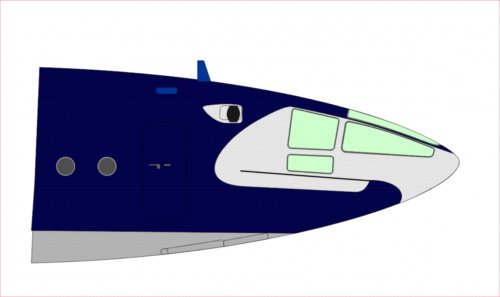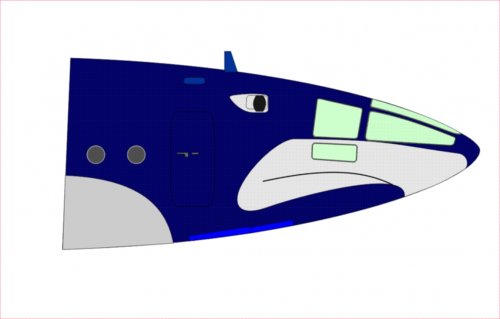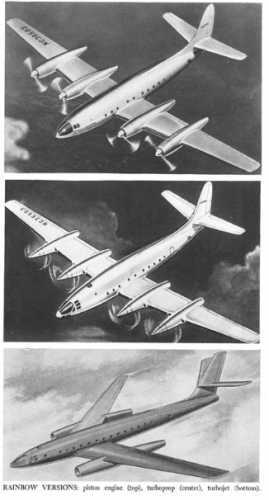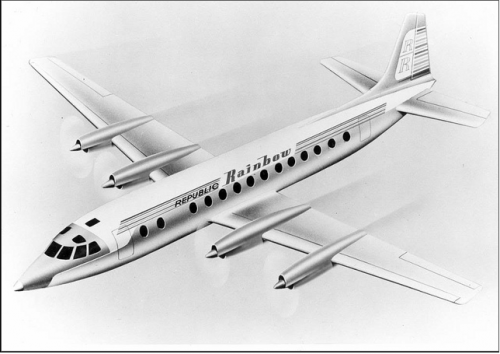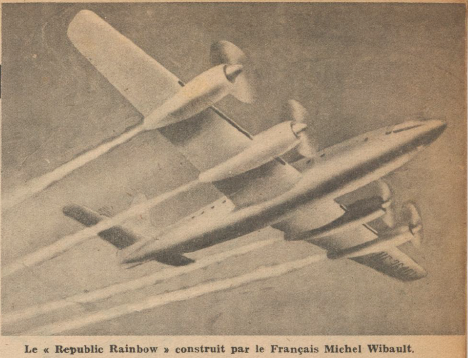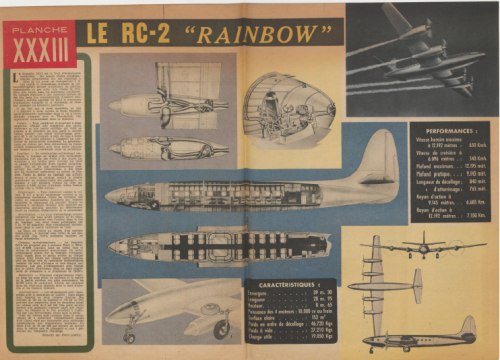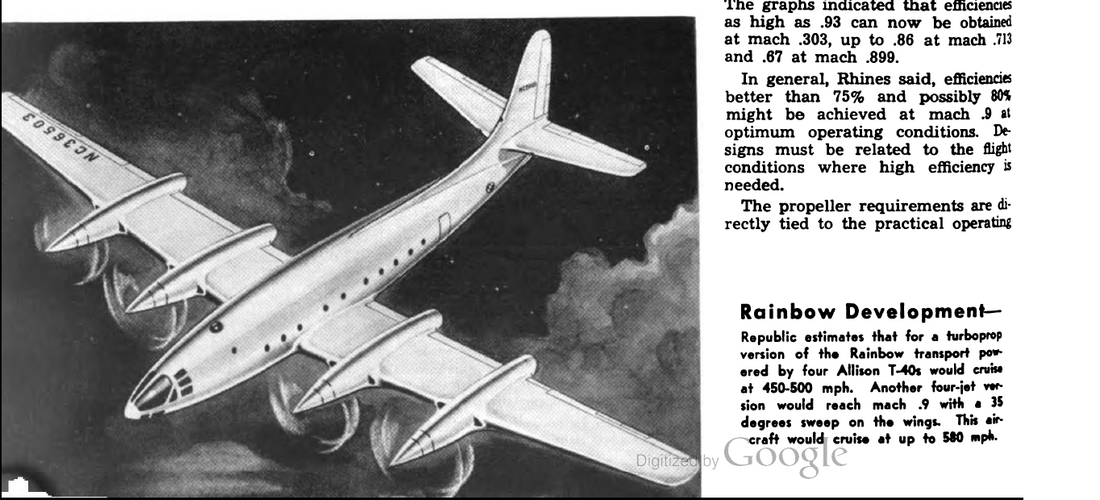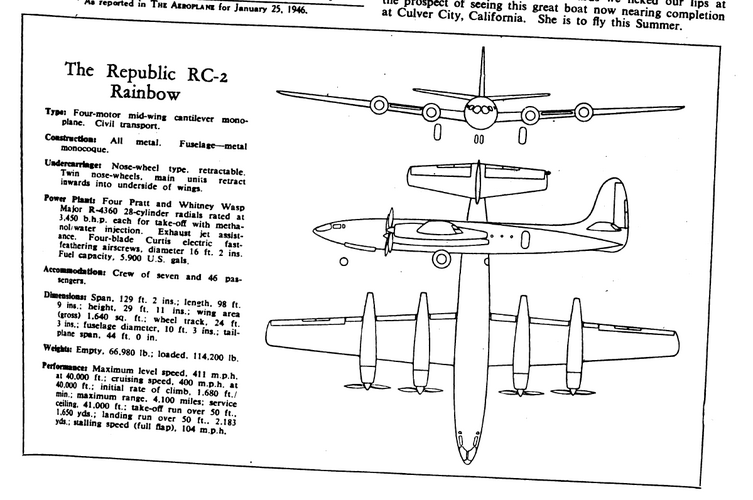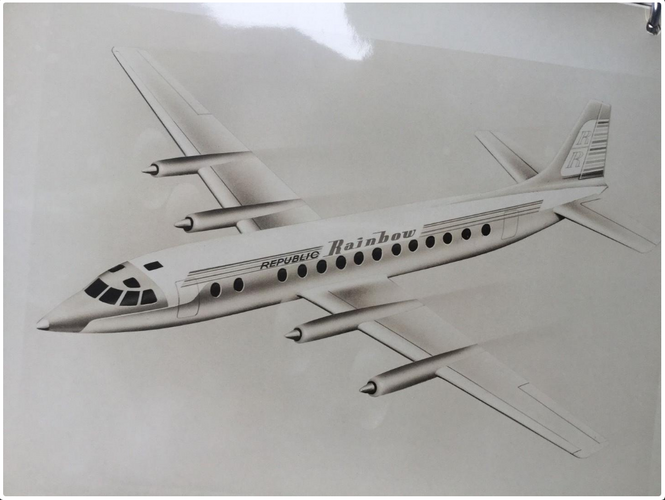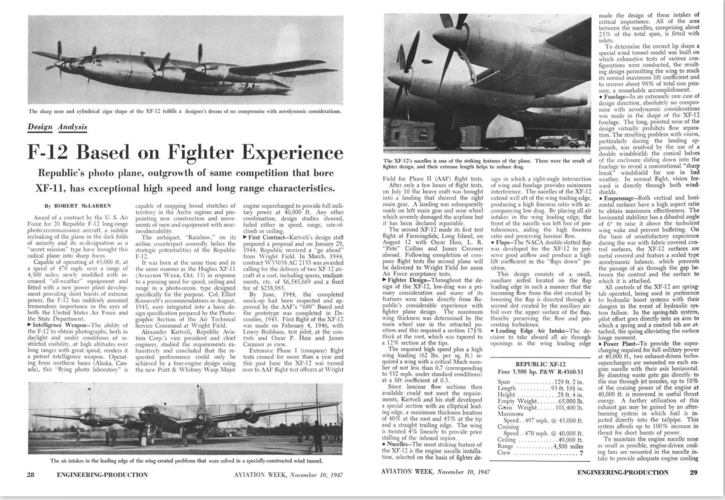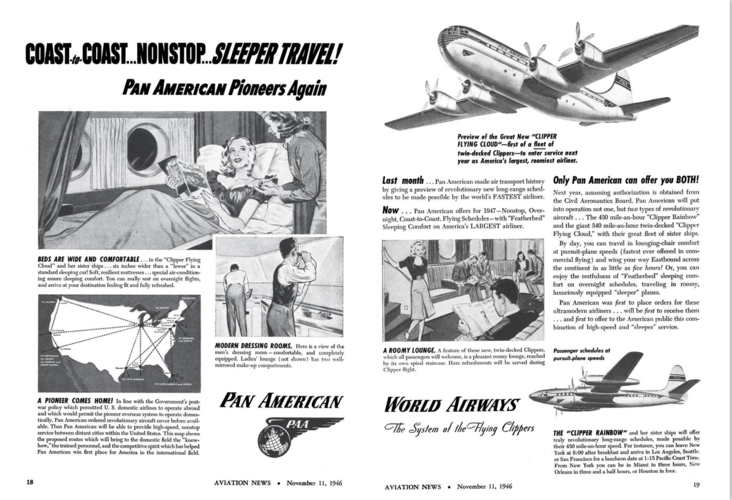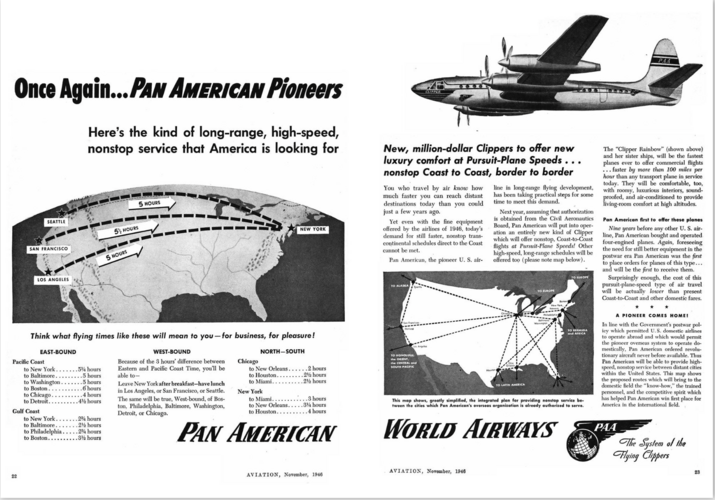- Joined
- 11 March 2006
- Messages
- 8,622
- Reaction score
- 3,779
MaxLegroom said:... How would it have looked with the C118 Independence colors on it?
You mean that one, don't you ? http://aviadejavu.ru/Images6/AE/AE03-6/67-3.jpg
You're certainly right about being around a long time, maybe I should have chosen this schem
http://aviadejavu.ru/Images6/AE/AE03-6/66-1.jpg, from waht I know, it was used from 1962
onwards.


